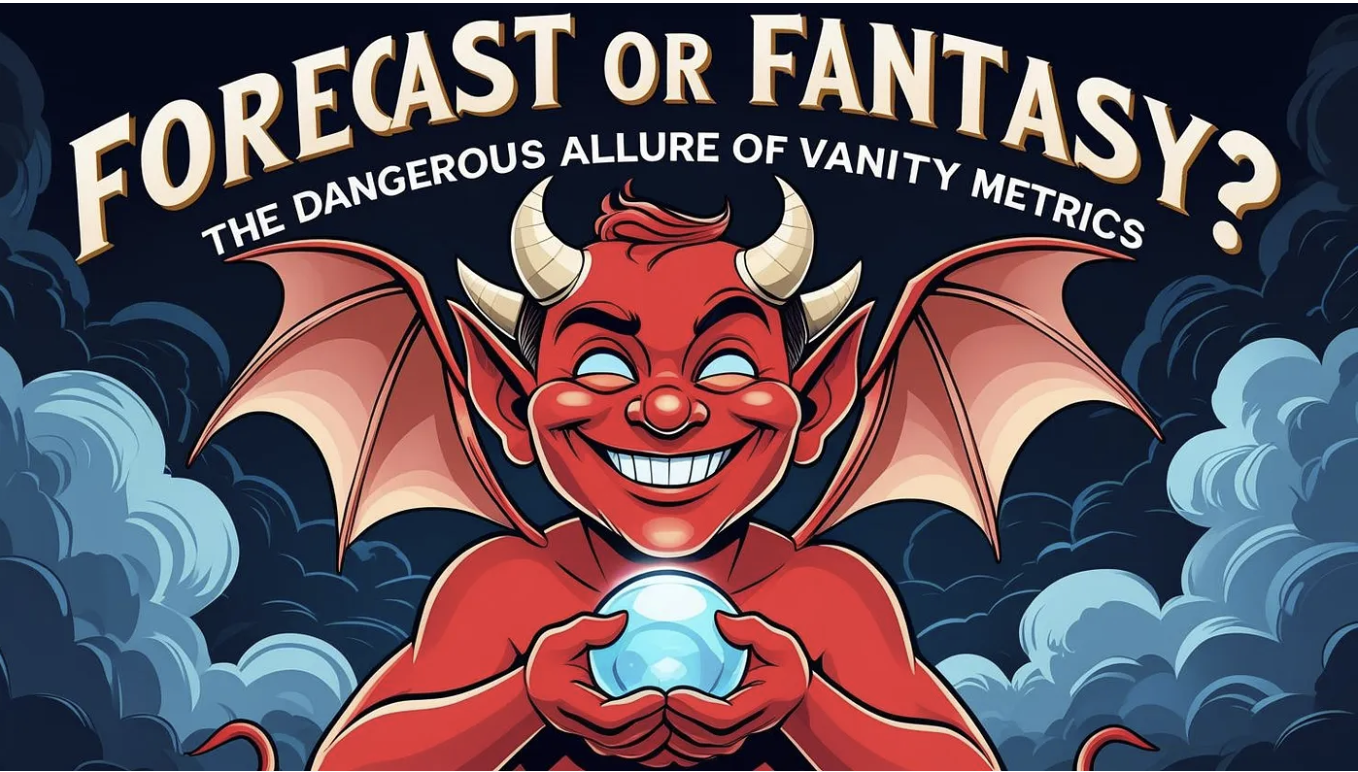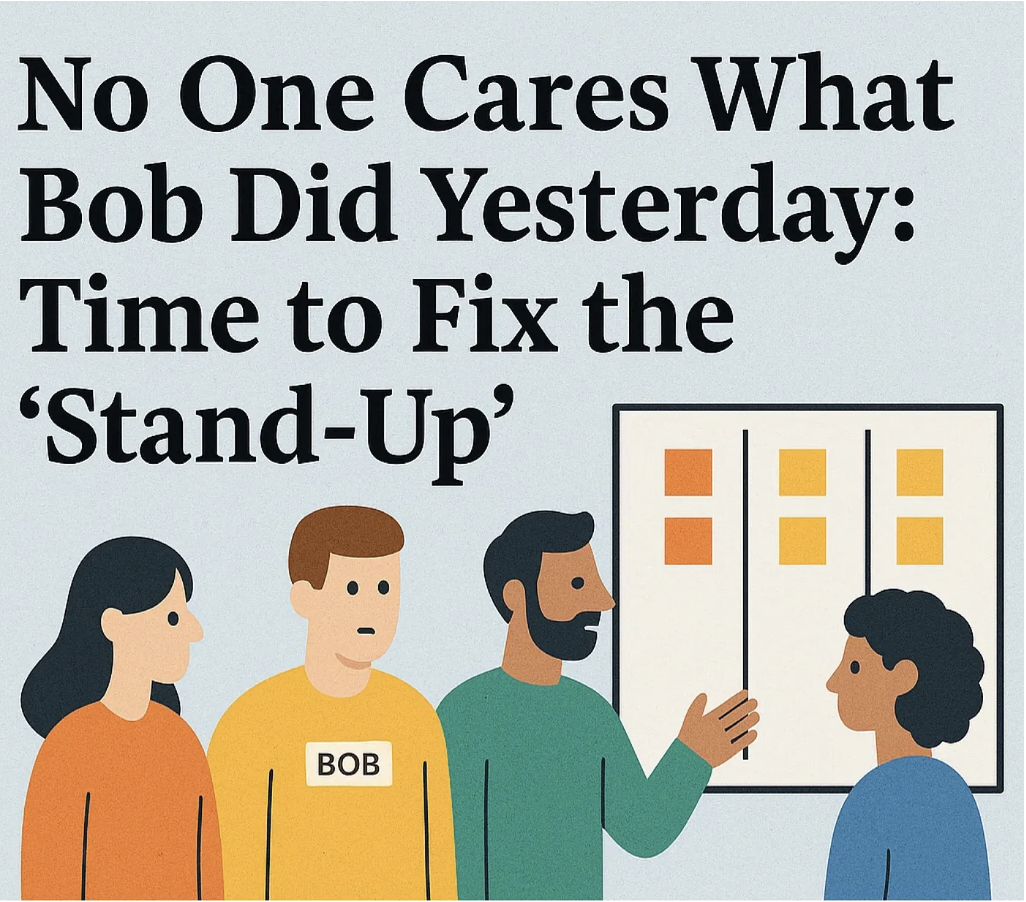Kanban is Not About Agility
What is Kanban?
Let us take a look at the Kanban Guide definition - ‘Kanban is a strategy for optimizing the flow of value through a process that uses a visual, pull-based system’. The focus of Kanban is flow. It pushes you to figure out how we can optimize value moving through a process. Kanban does this by optimizing three aspects - Efficiency, Effectiveness, and Predictability. Regardless of the process you currently run or are looking to run, applying Kanban to it, aims at getting the right things done, with minimal waste, in a timely manner. That is it, in a nutshell.
Kanban is not an Agile Framework/Method/Strategy
There are a lot of misconceptions about Kanban. One of which is that Kanban is something you do only if you are in an Agile environment or if you are looking for an alternative to Scrum. This is nowhere close to the truth. Kanban itself pre-dates Agile. Kanban also makes no assumptions about Agile. The word Agile does not show up in the Kanban Guide. On the surface, Kanban is completely unrelated to Agile.
Why is this distinction important? It is imperative that we understand what Kanban is trying to do. It is not trying to help you implement the 4 values and 12 principles of the Agile Manifesto. It is also not trying to satisfy any modern definition of Agility. Kanban is simply trying to help individuals, teams, departments, organizations, etc. to optimize the flow of value. Kanban is for anyone struggling with getting things done in an efficient and timely manner. It does not matter whether you are ‘Agile’ or Waterfall or any other setup. If you want to improve Efficiency, Effectiveness, and Predictability - Kanban is for you.
Can Kanban be Agile?

Yes, absolutely. Kanban, as defined in the Kanban guide is a strategy. It pertains to how we get work done. If you are looking to embrace Agility, using Kanban as a strategy can definitely accelerate your journey. You will have to add other practices like Product Management principles, Development Expertise, and Customer Feedback mechanisms. Using these, and others, while applying the strategy of Kanban is a great way to march towards Agility.
If you believe Agility is about people coming together to produce the right things, in the right way, at the right time, then it is absolutely in Kanban’s wheelhouse. Kanban will get you these things. Agility is a very likely side effect of well-executed Kanban.
A vast number of Agile teams use Kanban. The Venn diagram of Agile and Kanban though is partially overlapping circles, not one circle inside the other.
You Don’t Have to Choose
You can do Kanban, without the aim of being Agile. The aim just has to be getting better at the flow of value through your process.
You can do Kanban, with the aim of being Agile. You still do not have to choose, you can do Kanban within the bounds of any Agile Framework.
If you are struggling with Efficiency, Effectiveness, or Predictability - Kanban is for you.



